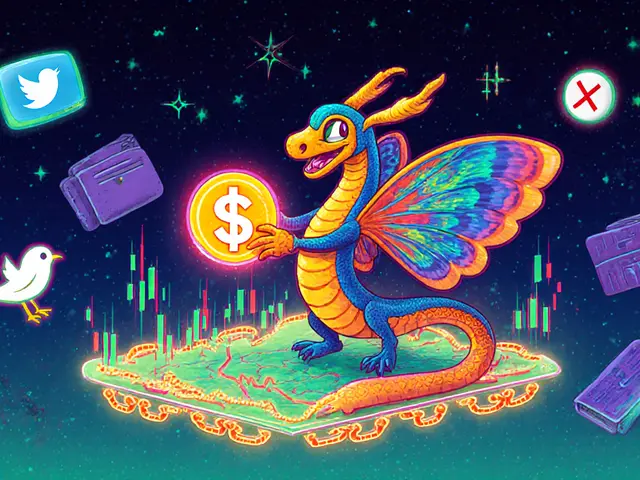Blockchain Technology: How It Works, Who Uses It, and What’s Really Changing
When you hear blockchain technology, a distributed digital ledger that records transactions across many computers so that any involved record cannot be altered retroactively. Also known as distributed ledger technology, it’s not just the backbone of Bitcoin—it’s being tested in voting systems, event tickets, and even national currencies. Most people think it’s about money, but the real power is in trust without middlemen. You don’t need a bank to prove you own something. You don’t need a ticket vendor to verify you were at a concert. You just need a chain of encrypted, public, unchangeable records.
That’s why smart contracts, self-executing code on a blockchain that runs when predefined conditions are met are turning simple agreements into automated actions. A landlord can lock out a tenant automatically if rent isn’t paid. A fan token can unlock exclusive content only if you hold it. And yes, that’s already happening—with real consequences. But it’s not magic. If the code has a flaw, the money’s gone. No appeals. No refunds. That’s why crypto security, the practice of protecting digital assets using private keys, hardware wallets, and verified protocols isn’t optional. It’s survival. The same blockchain that proves you attended an event can also prove you lost your keys—and no one can fix that for you.
And then there’s digital identity, a verifiable, user-controlled form of identity stored on a blockchain, replacing passwords and government-issued IDs. Imagine proving you’re over 18 without showing your driver’s license. Or verifying your medical history without handing over your entire health record. That’s not sci-fi—it’s what POAPs and blockchain voting are quietly building. But here’s the catch: most projects claiming to use blockchain are just slapping the word on a website. Real blockchain tech means transparency you can verify, not just promises you’re told to believe.
What you’ll find below isn’t hype. It’s the messy, real, often failed experiments that show what blockchain technology actually does when it leaves the whitepaper. You’ll see how North Korea steals billions using it, how the EU forces companies to comply with it, how Russia taxes miners using it, and how a football fan token with zero supply still fools people. Some posts show breakthroughs. Others show dead projects. All of them are real. No fluff. No buzzwords. Just what’s working, what’s broken, and what you need to know before you touch anything with ‘blockchain’ in its name.









